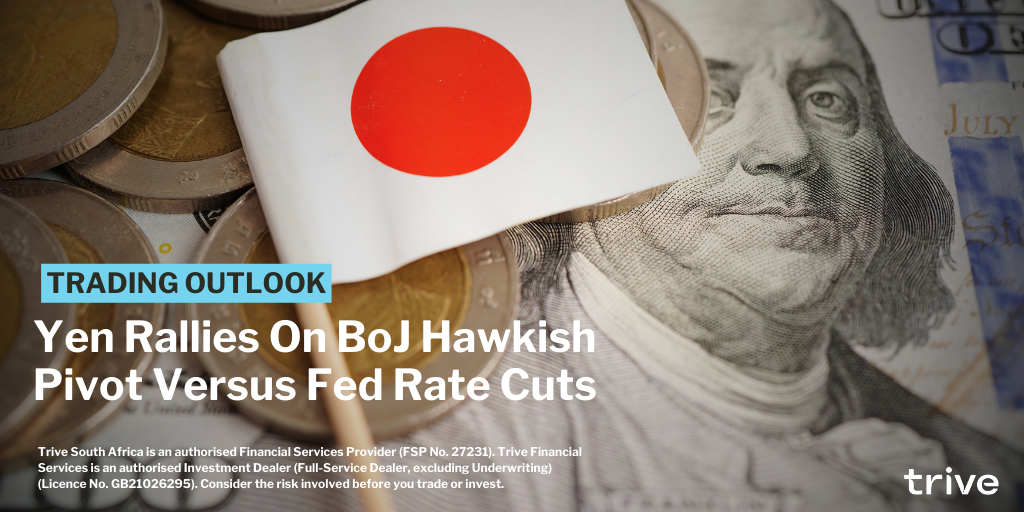
The USDJPY pair finds itself in a precarious position, caught between hawkish Bank of Japan (BoJ) pivot expectations, mixed sentiment from the FOMC meeting and a softer risk-off tone emanating from global markets. While a potential escalation of geopolitical tensions and a sluggish Chinese recovery weigh on sentiment, the prospect of a shift away from ultra-loose monetary policy in Japan provides some counterbalance for the Yen.
Minutes from the December FOMC meeting hinted at a potential policy divergence between the Fed and the BoJ in 2024. Governor Ueda’s recent comments on the possibility of abandoning negative rates further fuel speculation, offering some support to the Yen.
The December ISM Manufacturing PMI and JOLTS report both pointed towards a slower pace of decline in the US economy, suggesting a less aggressive Fed tightening path. This, coupled with expectations of March rate cuts, puts downward pressure on US Treasury yields and, consequently, the Dollar. The market is now firmly focused on the upcoming PMI reports and the jobs data due on Friday.
Technical
The 4-hour chart shows that the USDJPY’s current price at 144.200 reflects upward momentum, trading above key SMAs [20-SMA (green line), 50-SMA (blue line), 100-SMA (orange line)]. The recent upward crossover of the 20-SMA above the 50-SMA signals bullish sentiment. The RSI, although in overbought territory, suggests potential price stability.
Short-term trading opportunities could emerge towards the resistance level at 144.728 if the bullish momentum persists. Breaking this resistance could lead to further levels at 145.696 and 146.570. However, short-term trading opportunities could arise towards the initial support at 142.824 should price action sustain a break below the demand zone. A break below the 142.824 level would likely bring the 141.936 and 140.941 support levels into play in the short term.

Summary
The USDJPY faces a delicate balance amid potential policy divergence between the BoJ and Fed. Although the initial weakness of the Yen is evident, the Dollar’s fate hinges on the resolution of uncertainties and market interpretation of the Fed’s future moves.
While upside potential towards the 144.728 and 145.696 resistance levels exists, overbought RSI and a potential policy pivot by the BoJ suggest the pair might be more susceptible to a pullback in the near term, which could leave the 142.824 and 141.936 support levels firmly in play.
Sources: TradingView, Trading Economics, Reuters, Dow Jones Newswire.
Piece written by Mfanafuthi Mhlongo, Trive Financial Market Analyst
Disclaimer: Trive South Africa (Pty) Ltd (hereinafter referred to as “Trive SA”), with registration number 2005/011130/07, is an authorised Financial Services Provider in terms of the Financial Advisory and Intermediary Services Act, 37 of 2002. Trive SA is authorised and regulated by the South African Financial Sector Conduct Authority (FSCA) and holds FSP number 27231. Trive Financial Services Ltd (hereinafter referred to as “Trive MU”) holds an Investment Dealer (Full-Service Dealer, excluding Underwriting) Licence with licence number GB21026295 pursuant to section 29 of the Securities Act 2005, Rule 4 of the Securities Rules 2007, and the Financial Services Rules 2008. Trive MU is authorized and regulated by the Mauritius Financial Services Commission (FSC) and holds Global Business Licence number GB21026295 under Section 72(6) of the Financial Services Act. Trive SA and Trive MU are collectively known and referred to as “Trive Africa”.
Market and economic conditions are subject to sudden change which may have a material impact on the outcome of financial instruments and may not be suitable for all investors. Trive Africa and its employees assume no liability for any loss or damage (direct, indirect, consequential, or inconsequential) that may be suffered. Please consider the risks involved before you trade or invest. All trades on the Trive Africa platform are subject to the legal terms and conditions to which you agree to be bound. Brand Logos are owned by the respective companies and not by Trive Africa. The use of a company’s brand logo does not represent an endorsement of Trive Africa by the company, nor an endorsement of the company by Trive Africa, nor does it necessarily imply any contractual relationship. Images are for illustrative purposes only and past performance is not necessarily an indication of future performance. No services are offered to stateless persons, persons under the age of 18 years, persons and/or residents of sanctioned countries or any other jurisdiction where the distribution of leveraged instruments is prohibited, and citizens of any state or country where it may be against the law of that country to trade with a South African and/or Mauritius based company and/or where the services are not made available by Trive Africa to hold an account with us. In any case, above all, it is your responsibility to avoid contravening any legislation in the country from where you are at the time.
CFDs and other margin products are complex instruments and come with a high risk of losing money rapidly due to leverage. You should consider whether you understand how these products work and whether you can afford to take the high risk of losing your money. Professional clients can lose more than they deposit. See our full Risk Disclosure and Terms of Business for further details. Some or all of the services and products are not offered to citizens or residents of certain jurisdictions where international sanctions or local regulatory requirements restrict or prohibit them.




